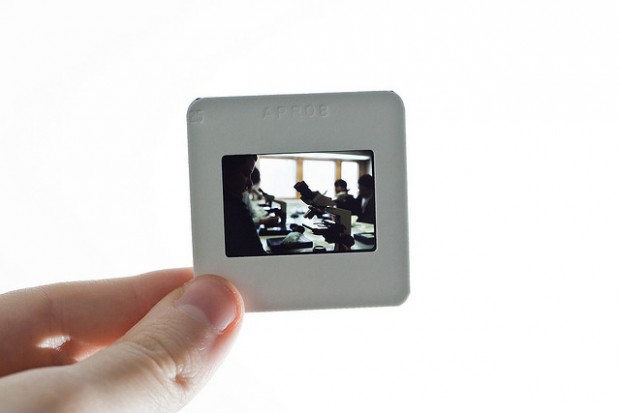
There is a lot of talk about how to be more creative. Really, a lot. In fact, creativity has become something of a commodity in the professional world, as employers and companies actively seek out ways to promote and enhance the creativity of their staff. But all of the open office spaces and art supplies on the face of the planet can’t cure one of the greatest killers of creativity: A lack of curiosity.
Curiosity is more than just a rover on Mars — it’s an integral part of the creative process, in that it’s the beginning or kicking off point. Wondering how or why or why something is (or how or why it could be better) can help direct your creative energy. But how do you promote and encourage curiosity?
In his Creative Mornings talk, Austin-based interdisciplinary designer and illustrator Gerren Lamson highlighted the importance of gave some tips to encourage curiosity — and, as a result, promote creativity.
Look backwards. Though creativity and problem-solving are most often about progress, there are often key components or interesting elements in what’s already been done. “Investigate the past with curiosity,” advised Gerret, who draws on his own childhood experiences and interests for ideas in his adult life. Think of using retrospective inspiration as another branch of the act of creative stealing; look at who else has done work you’ve admired previously, then see how you can build on it.
Listen to what’s getting at you. If you seem to have the same curiosities often, it’s time to perk up and listen to what they’re trying to tell you.
“Your curiosities need to be paid attention to, said Gerret, “they need to keep us up at night. They need to be the things that we want to chase after and pursue because eventually they might become the starting path for the work that we want to do if we’re not already doing it.”
Whether it’s a new way to do something at work or a huge project you’ve been toying with, take some time to really work through whatever it is that’s been chirping in the back of your mind. Make lists, create a dream business model, hold a meeting with yourself, or seek out advice from a trusted mentor. The quickest way to kill your curiosity is through neglect.
Do it regardless of how much money it makes you. “If you ignore a return on investment in what you’re creating, you can be more creative,” Garret explained. Which can sound scary — ROI, KPIs, and other jumbled acronyms for money and milestones have long been the yardstick companies and individuals use to measure their perceived success — but what about all of those intangible benefits of creativity? Brand awareness, great press, or even just making people happy? What if your own weirdness was a marketable trait? What if your method of measuring success wasn’t in dollars or followers, but rather, in goodwill and how you felt? Of course, you can’t pay your rent in positive buzz, but if you’ve got the freedom to do so, consider taking some of the pressure off and just come up with ideas.


